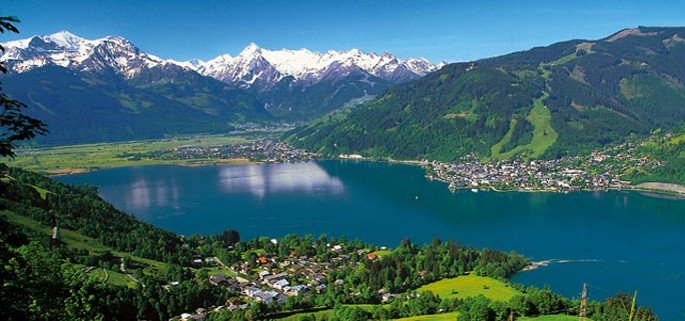February 4, 2014
Pucon, Chile
In my travels to 100+ countries over the years, I’ve discovered that there is an indubitable abundance of great places to be.
There are rapidly developing countries in Asia right now on the cusp of massive social and economic transformations, replete with huge opportunities for investors and entrepreneurs.
Many of Europe’s most splendid destinations are on sale. They’re practically giving away property in Greece, Italy, and the Iberian Peninsula these days.
Over the last few years we’ve covered some amazing, far flung locales across the corners of the world– from San Marino and Andorra to Norfolk Island and Labuan to the amazing Galapagos.
But in my view, Chile still stands out above all the rest as having the BEST mix of business, investment, and lifestyle opportunities. And all in a place that is easily THE most advanced, civilized country on the continent.
One of Chile’s best traits is its geographic diversity. It’s astounding that a country this size spans more climate and geographic zones than Europe or the United States.
In the central part of Chile near Santiago, it’s -very- Mediterranean. Dry, temperate climate. LOTS of sunshine. Beautiful vistas of rolling hills, cultivated with vineyards, olive groves, and fruit trees.
In fact, I just had guests from Italy visiting a few weeks ago who remarked how much it reminded them of home… except for the lightly snow-capped Andean peaks off in the distance.
Today, after a scenic road trip, I’m back down here in the south of Chile once again. And compared to the central area, it feels like it’s practically a world away.
The weather and landscape feel much more like the western Alps in Europe.
Even the culture here is very European. This area was settled by German colonists in the late 1800s, and to this day, the German influence has had a profound impact on the region and raised the bar on quality.
The construction is better. The roads are better. Just about everything is maintained to a higher standard than the rest of Chile.
The German influence is also obvious in architecture, cuisine, and even language. I have several local colleagues, for example, who grew up speaking German at home and learned Spanish as a second language.
You see German signs. German restaurants. Driving down the Interlake Highway flanked by the Andes, it’s easy to get confused and think that you’re in the Austrian Alps. It reminds me of Zell-am-See, the famous lakeside Austrian ski town near Salzburg.
Even many of the people here are fair-skinned and light-eyed with surnames like Pfeil and Weiss.
No doubt, when the first group of intrepid European colonists put down roots here in the 19th century, they were taking a big risk.
But that colony of expats grew rapidly as more and more people moved away from their homeland over the last 100+ years seeking a better, richer, fuller life abroad.
Many were escaping the obvious destruction that was unfolding back home.
Down here, they dodged world wars and mass genocide. And they found kinship, camaraderie, and new opportunities, all the while maintaining their traditions and cultural identity.
This region shows that “home” does not necessarily have to be the place where you grew up, or where the government issued your passport.
If the conditions warrant, and “home” is going down the tubes, all the essential elements– language, people, traditions, etc. can be transplanted elsewhere and live on, thriving, for generations to come.
It’s an important example that certainly bears highlighting today.








